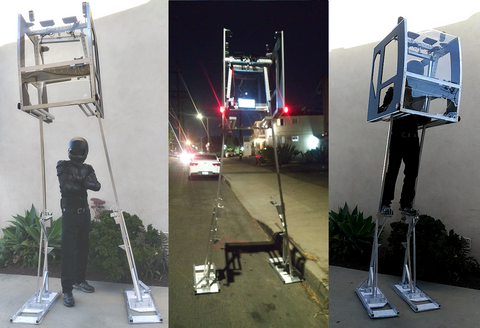Description
Did you know that all ancient written languages utilize ancient Egyptian hieroglyphic words to write the words in their languages? It's true. After an estimated 200,000 years of modern human existence (4.4 million years of our earliest ancestors), it was only in the last 5100 years that we've had writing.
After ancient Egyptian women first invented writing for use in business communications and reporting, the rest of the world followed suit. But why would each society develop their own version of writing, when other societies didn't know their languages?
So to solve that issue, regardless of the spoken language of each particular ancient society, all of them utilized written ancient Egyptian written hieroglyphic words.
Sign up to be part of this project.
All Ancient Languages Used the Same Written Words
Ancient Greek historian Diodorus Siculus wrote that anciwent Egypt was founded by Ethiopians and that hieroglyphic writing is Ethiopian writing. Therefore, it has been confirmed that the languages of today's Ethiopia and Eritrea are, in fact, the languages of the ancient Egyptian hieroglyphic language.
As an example, take the following ancient Egyptian hieroglyphic word from the Amarigna/Tigrigna language, metse, which means "come, arrive"...

The hieroglyph, from Wallis Budge's "An Egyptian Hieroglyphic Dictionary" shows a snake arriving.
The same word is seen in the Dead Sea scroll style ancient Egyptian writing, from Jeff Benner's "Ancient Egyptian Torah" of the Ancient Hebrew Resource Center (http://ancient-hebrew.org/)...

In modern Hebrew, same word and meaning, from the Morfix Israel-based Hebrew translator (https://www.morfix.co.il/en/%D7%A0%D7%93/)...

In ancient Greek, the word is written as follows in ancient Greek as Μοῦσαι, from a re-translation of the ancient Greek "Hesiod Theogony" with vowels added. But the two consonants are...
Μσ
The same word and meaning, meta/"destination" in Latin from Google Translate and meet/"come into the presence or company of (someone)" in English, from the Oxford Languages (https://www.lexico.com/en/definition/meet). The two consonants are...
MT
In Aramaic/Syriac, the same word and meaning, (ܡܫܝ) from AssyrianLanguages.org (http://assyrianlanguages.org/)...

Developing the App
This project will develop an app to read and more accurately translate ancient texts, knowing there is a central language to all ancient texts.
Following is the technique the app will utilize to re-translate ancient Hebrew texts...
- Read the Hebrew words as they are presented in Jeff Benner’s work, which shows the Hebrew characters in an early glyphic form, that reflects closely the hieroglyphic signs from which they were borrowed
- Using online Hebrew Dictionaries, look up all the English meanings of the Hebrew word in question
- Consolidate these meanings into a basic underlying idea
- Take each letter of the Hebrew word and line it up with its phonetic (or graphic) neighbors, for example Q/K/G/J/CH/SH/H are all possibilities for any of these letters in Hebrew
- Generate all of the possible combinations of these phonetic elements
- Using Amarign (Amharic) and Tigrigna online dictionaries, collect all of the words that match these letter sequences
- Scan through the definitions associated with these words to determine the best match (the more creative, the better)
- Look through Wallis Budge’s hieroglyphic dictionary to find the hieroglyphic equivalent to the Amarigna/Tigrigna word
- Re-read the Hebrew sentence with this new meaning


